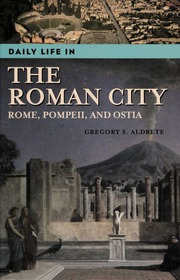Roman hours were not of a fixed length because they simply equal to the amount of light or darkness on a given day divided by twelve. Since the amount of daylight varies greatly from day to day over the course of the year—with perhaps as many as 15 hours of daylight in the summer and only 8 or 9 in the winter—a Roman hour in the summer might be equivalent to a modern hour and a half, and, similarly, in the winter, a Roman hour might be only 40 of our minutes long.



Oh, man, I thought I was on to something with my idea a while back. Turns out it’s already been done. Bummer.
I suggest a compromise which everyone with a smart phone can use - “Personal Daylight Time” or PDT. See, we just need to put an abstraction layer between the icky science of the earth rotating and the sun being overhead at a particular time each day, which can be terribly annoying for those who talked through science class in 3rd grade.
Everyone who wants something other than “Standard” time just puts the times they’d like the sun to rise and set each day. The app then maps those times to the local sunrise and sunset. When you get your work schedule or dinner reservation, the app converts from the (completely unreadable) standard time based on your location on earth to your personal time which you feel maximizes your personal enjoyment. Likewise, you can send an invite in your time, and the recipient will see it in their time.
It’s just like having Google Calendar manage times zones for you when you have a distant Zoom call. Simple, no?
*Note: you will experience faster or slower personal seconds throughout the day depending on your preferred sunrise and sunset days, and it will vary by day.
It’s different, but that reminds me of consensus time: